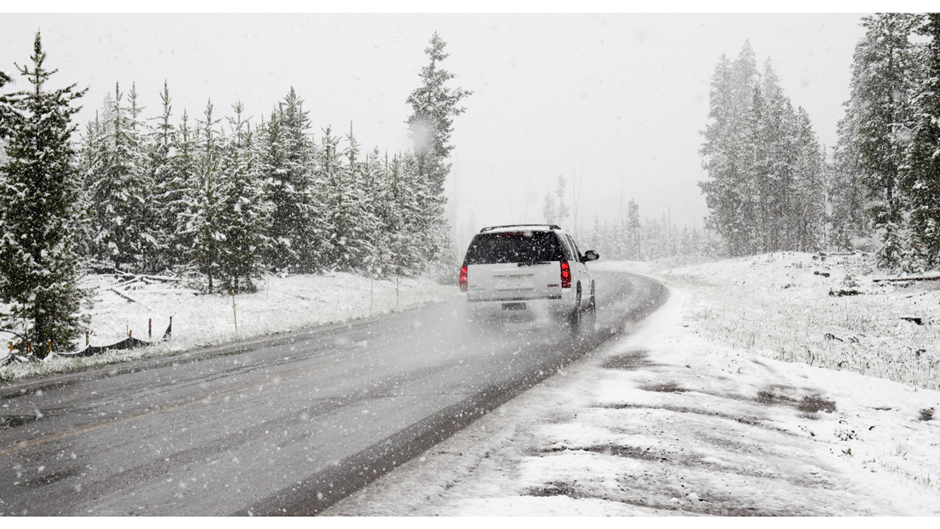Why Do You Need Winter Tires In British Columbia?
September 23, 2022
Tires

Winter tires (or all-season mud and snow tires) are required on specific roadways from October 1 to April 30 in a region famed for its rugged peaks. Highway 3 (Crowsnest), Highway 5 (Coquihalla), Highway 20 (Chilcotin-Bella Coola), Highway 26 (Barkerville), and Highway 37 (Stewart–Cassiar) are just a few of these roadways.
Route 1 (Trans-Canada) illustrates a highway where some parts have a March 31 deadline, and others have an April 30 deadline. When you’re driving on these specified roads, you’ll see winter tire regulations for roadways that do not travel over mountainous mountains or areas with extreme icy conditions. Heavy snowfall expires on March 31, but this period may be extended. Highway 99 (Sea to Sky), Highway 3A (Castlegar-Nelson-Creston), Highway 12 (Lytton-Lillooet), and all routes on Vancouver Island are among the roadways having a March 31 deadline.
Signs indicating that you’re on a winter tire-required stretch. Vehicles that are not equipped are restricted, and violating this legislation can result in a $109 punishment.
Why Winter Tires?
Investing in the right tires is an investment in your health, the protection of your friends and family, and the protection of those on the road. According to the tire industry, at conditions of 7°C or less, winter tires with the three-peaked mountain and snowflake sign surpass Mud and Snow (M+S) tires.
Winter tires also have greater grooves than all-season tires, allowing them to grip the road better and improve stopping capabilities on snow and ice. Before putting on your winter tires, inspect for wear and check tire pressure frequently, as it might drop in cold conditions.
What Does The Law Say About Winter Tires?
According to the provincial government, winter tires were required for those traveling on the majority of British Colombia’s highways from Thursday, October 1, 2020. Drivers must wear winter tires on British Columbia roadways in the following places, according to Ministry of Transportation directives: North; Interior; South Coast, such as the Sea-to-Sky Highway; and portions of Vancouver Island, such as the Malahat Highway, Highway 4, Highway 14, and Highway 28.
The all-season Mud and Snow (M+S) tires and the 3-peaked mountain/snowflake tires meet the regulatory standards for winter tire designation in British Columbia. A winter tire should be in perfect shape in all circumstances, with a minimum tread distance of 3.5 mm (5/32”).
In winter, ice, and cooler temperatures, tires with a three-peaked hill and a snowflake symbol provide the best traction. They function well in winter driving situations, especially in the harshest of weather.
All-season tires marked with the M+S (Mud and Snow) emblem provide more grip than summer tires and fulfill the regulatory requirements for a winter tire. However, they are less efficient in harsh winter conditions than 3-peaked alpine and snowflake tires. From October 1 through March 31, summer rubber is not encouraged for traveling, and chains on summer tires are not an excellent replacement for approved winter tires on British Columbia roadways.
Use A Set Of Four Winter Tires That Are Of The Same Size And Make
Confirm all four winter tires have the same size, tread pattern, and depth; nonetheless, even if riding a 4×4 vehicle, you should have at least two identical winter tires on the principal drive axle. If you utilize multiple kinds of tires, your vehicle’s stability will be compromised, and it may fishtail.
Braking Distances In Winter Climate
Winter driving includes rain, ice, slush, snow, and freezing temperatures. In these circumstances, braking your passenger vehicle might be difficult since your tires have reduced traction on frosty, often slick road surfaces.
Chains And Supplementary Traction Devices
Passenger Vehicles
Complementary traction devices, also including chains, may be used with passenger vehicles’ winter tires. Evaluate the performance of these gadgets in winter circumstances before using them.
Commercial Vehicles
If you drive a commercial truck outside the Greater Vancouver and Greater Victoria areas, you must have tire chains (or other acceptable traction devices) and follow all traffic regulations and signs. Carriers will take measures to ensure that their drivers are equipped for winter circumstances, including knowing when and how to attach chains or other appropriate traction devices safely and responsibly.
Application Of Chains And Winter Tires
Winter tires are not compulsory across the province. However, they are necessary on most British Columbia highways. Driving on specified British Columbia highways without the essential winter tires in excellent condition can result in a fine.
Mount Winter Tires On Your Next Vehicle With Trail Tire
Trail Tire can help you select the ideal winter tires for your car. With dozens of tire brands in our online showroom, you have access to some of the greatest tire deals available.
Back

